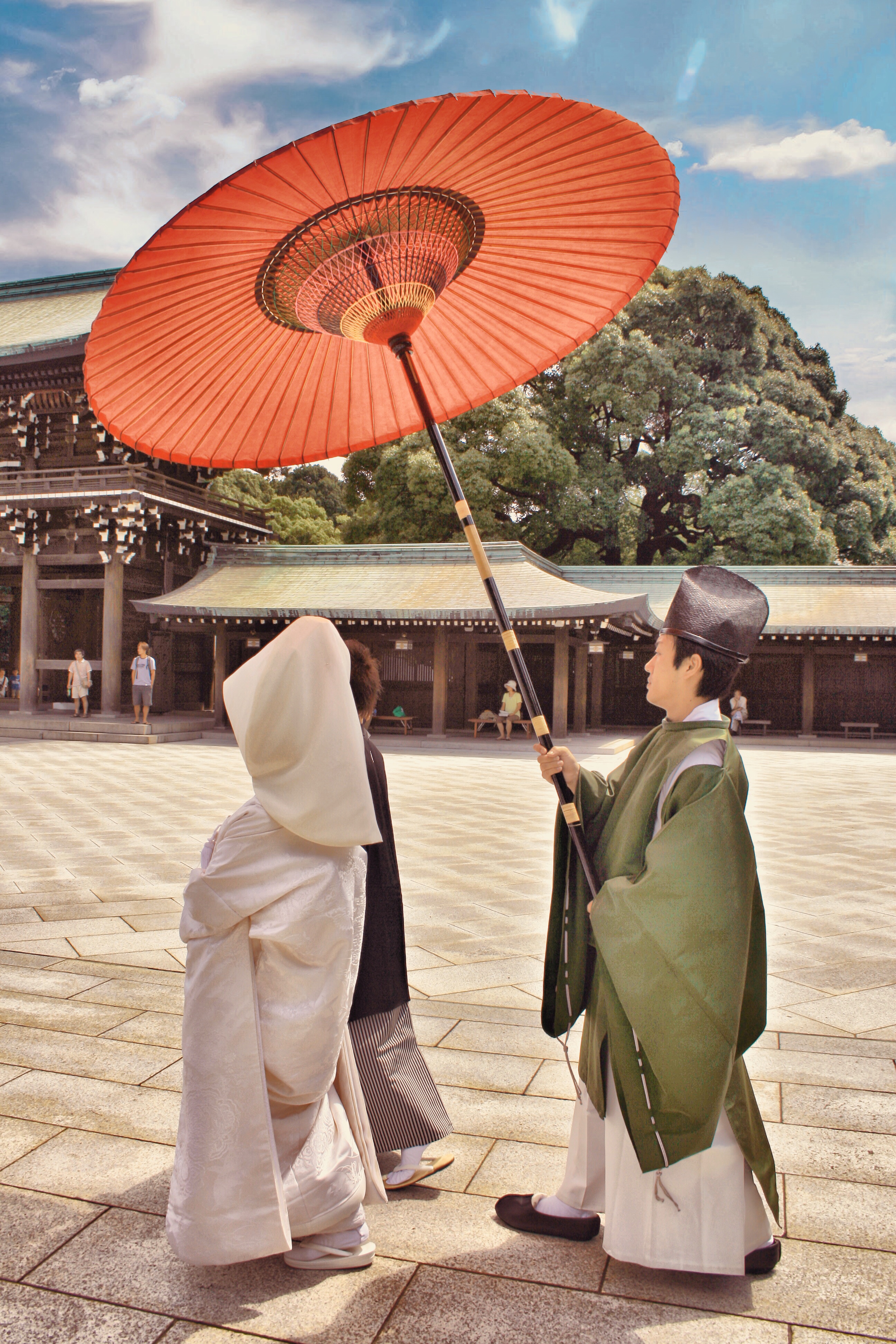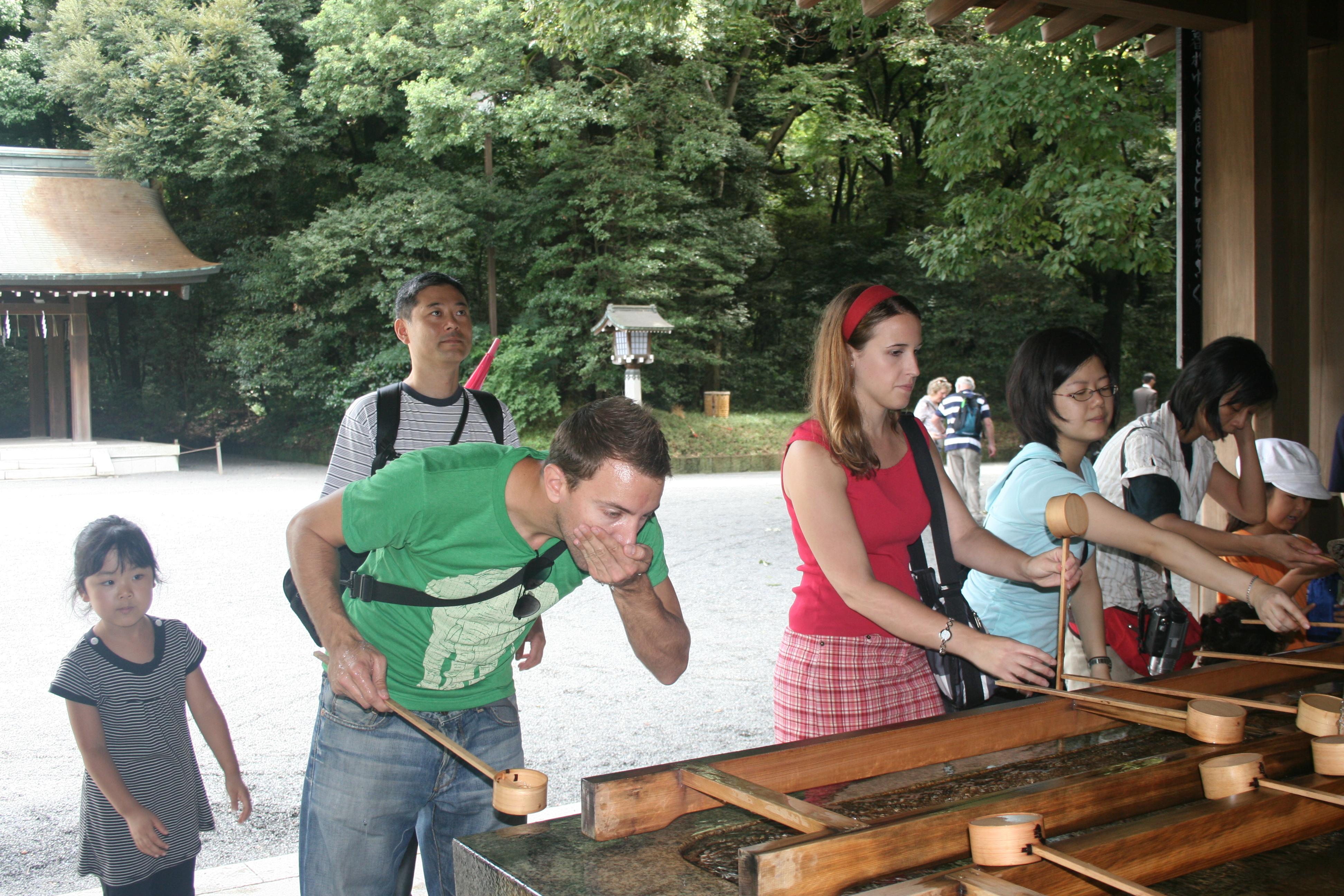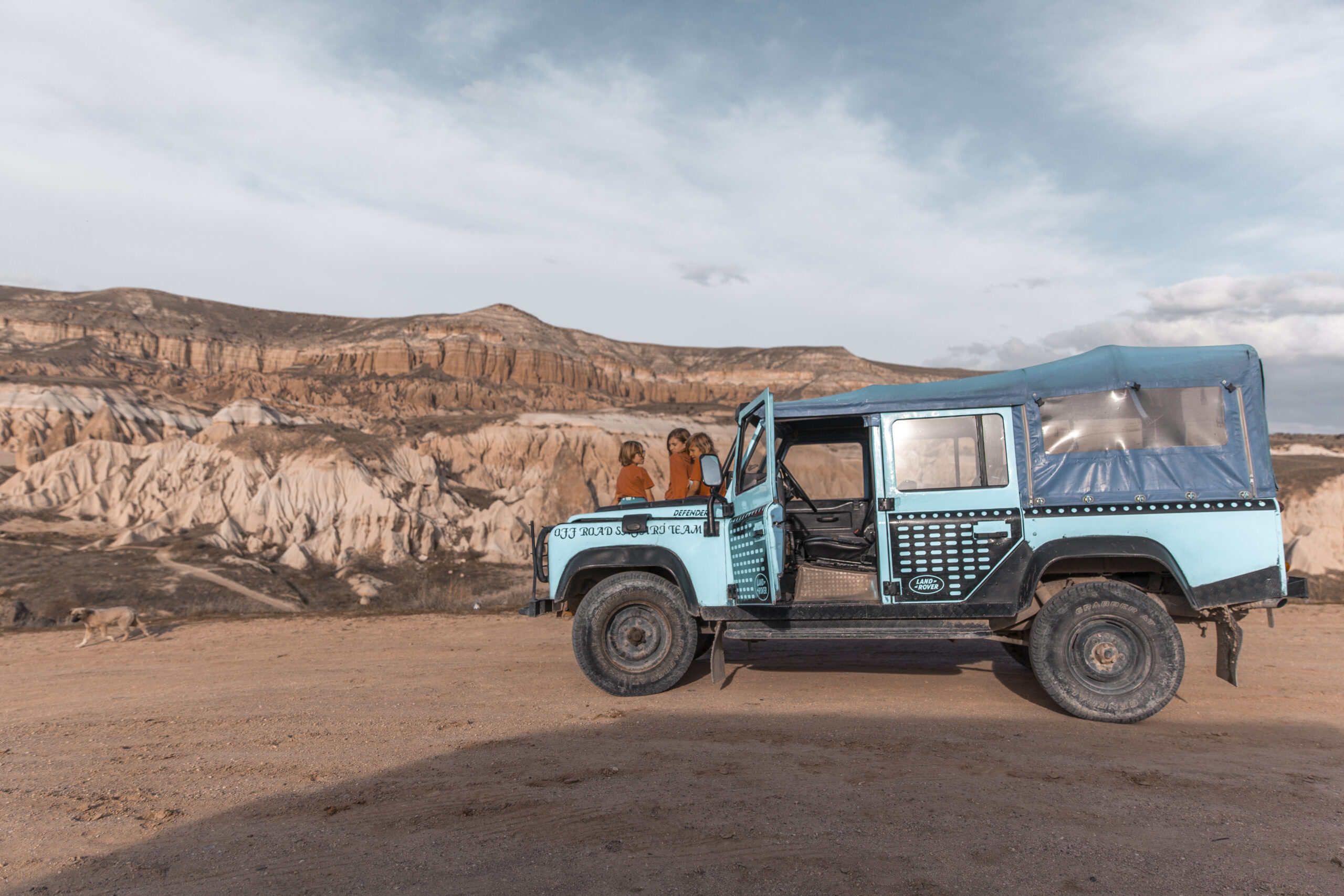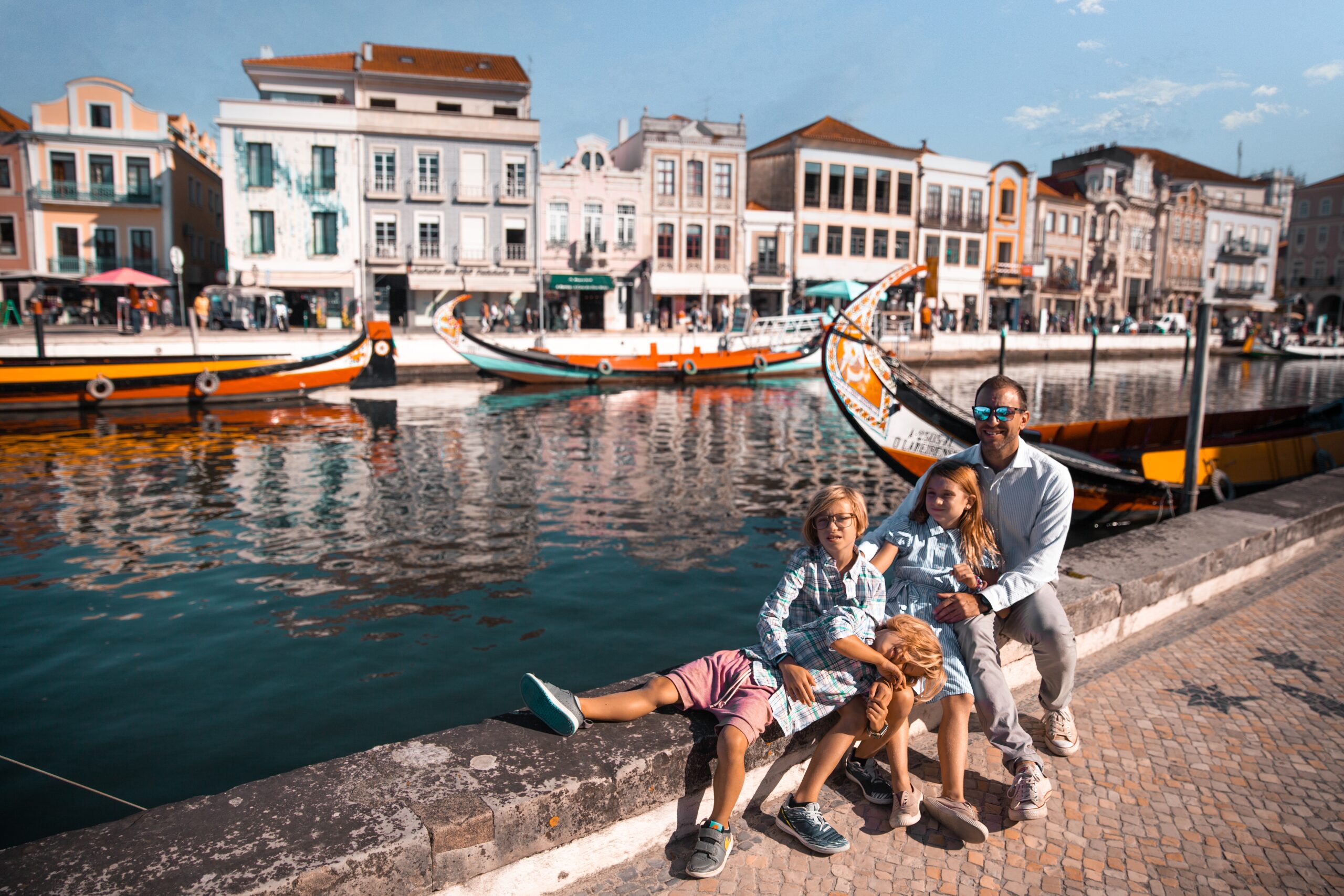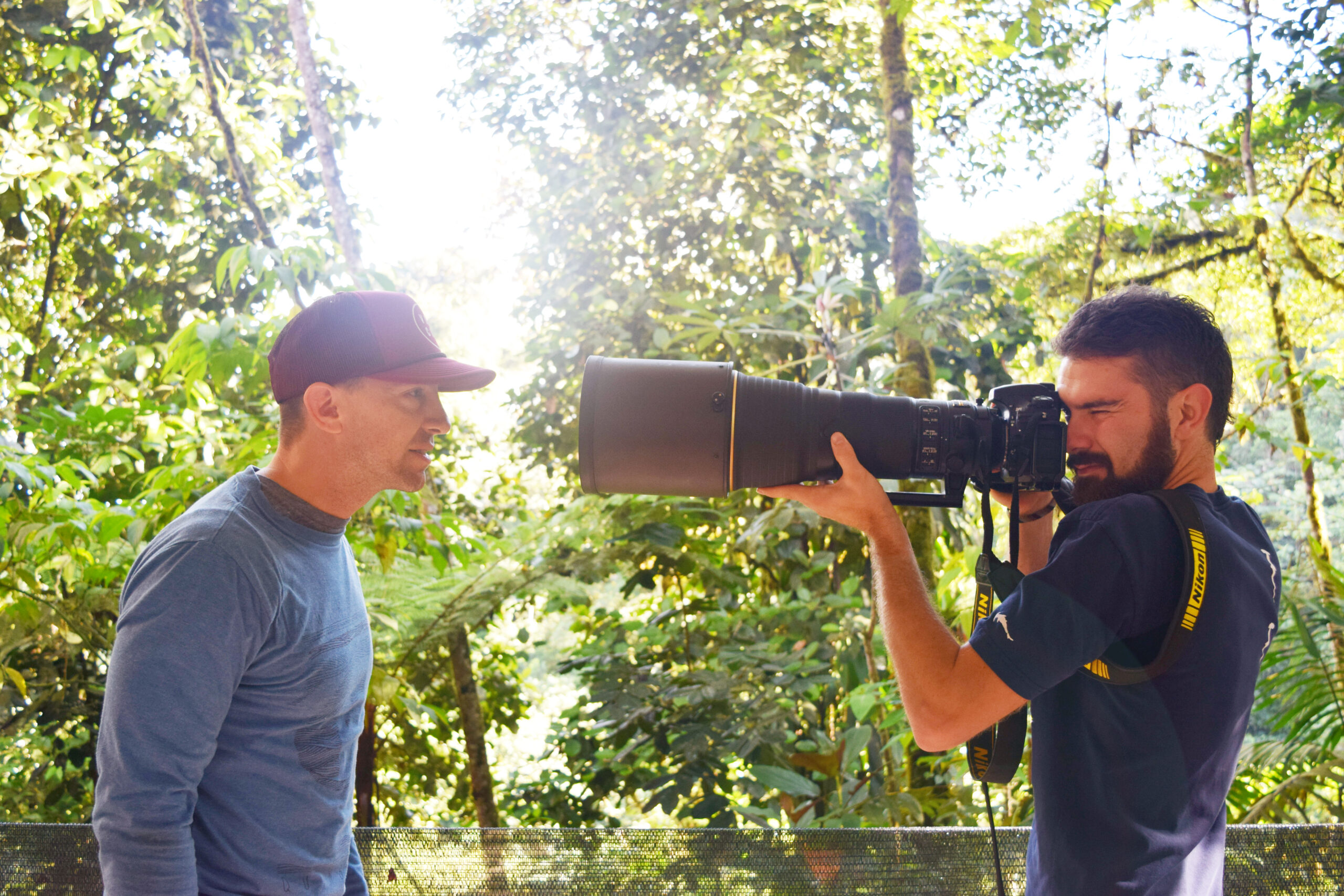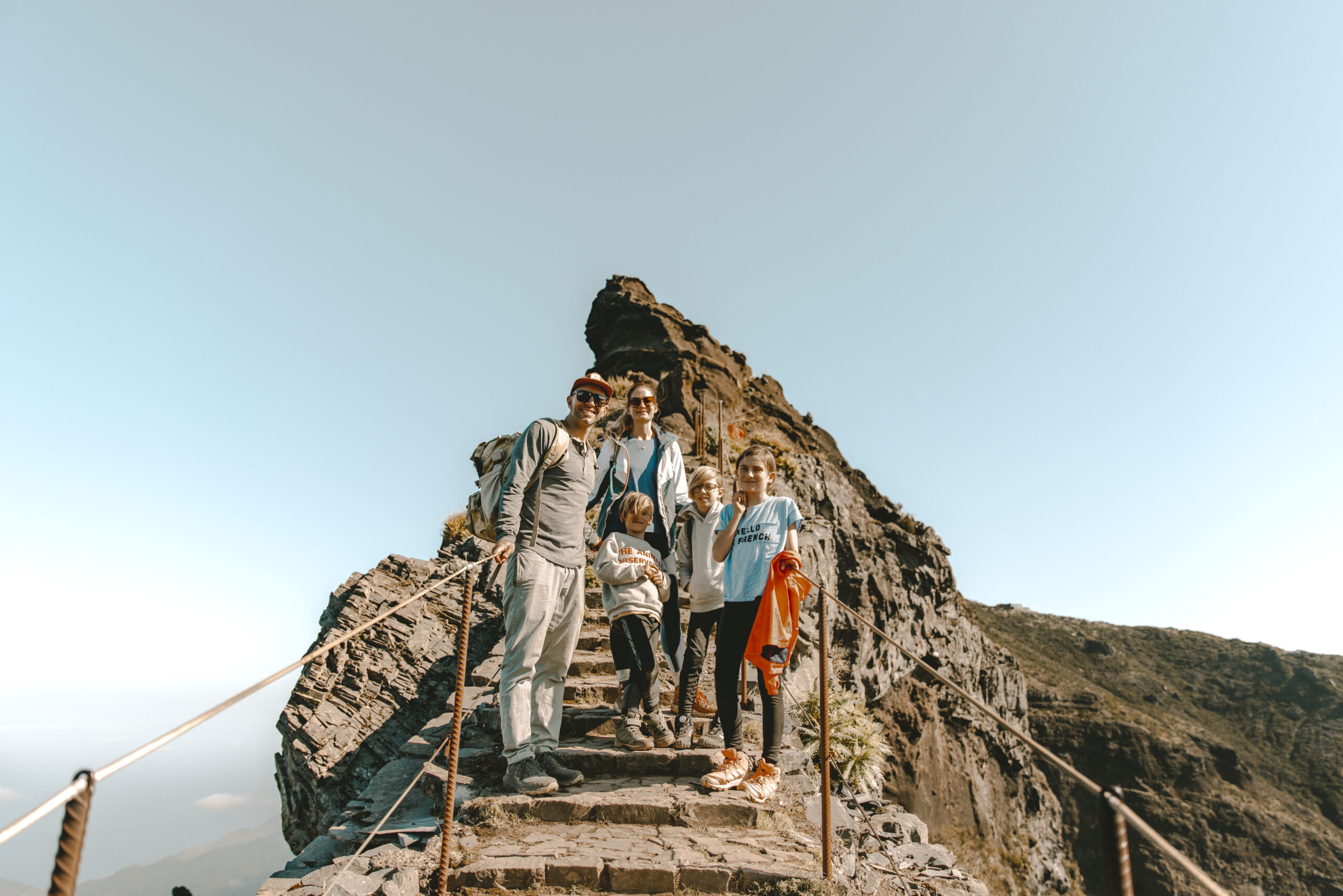You have a problem – you only have 12 hours in Tokyo, Japan. What can you do? What should you do? Here’s your guide:
The Metro System
Assuming you’re already in the city (Narita International is about an hour from downtown Tokyo)…hop on the clean, complex, amazing, incredibly efficient metro system. It’s one of the best forms of public transportation I’ve ever taken. It’s definitely something you shouldn’t miss. Heck, it’ll even make you feel like a pseudo-local!
Before you get into the underground labyrinth, however, grab yourself a free map of the Tokyo metro in English. It’s easy to go to the official Tokyo metro website itself to get the map. You can quickly study and learn the different lines, which are all color coded. Next you should buy a PASMO card from a machine and recharge it when you get low.
The Tokyo subway lines (over 27 of them) run from about 5am until around midnight. However, you definitely want to avoid the rush hours of 7:30am-9:30am and 5:30pm-7:30pm. This last bit is really important, lest you be spending your time waiting, cramped, and annoyed.
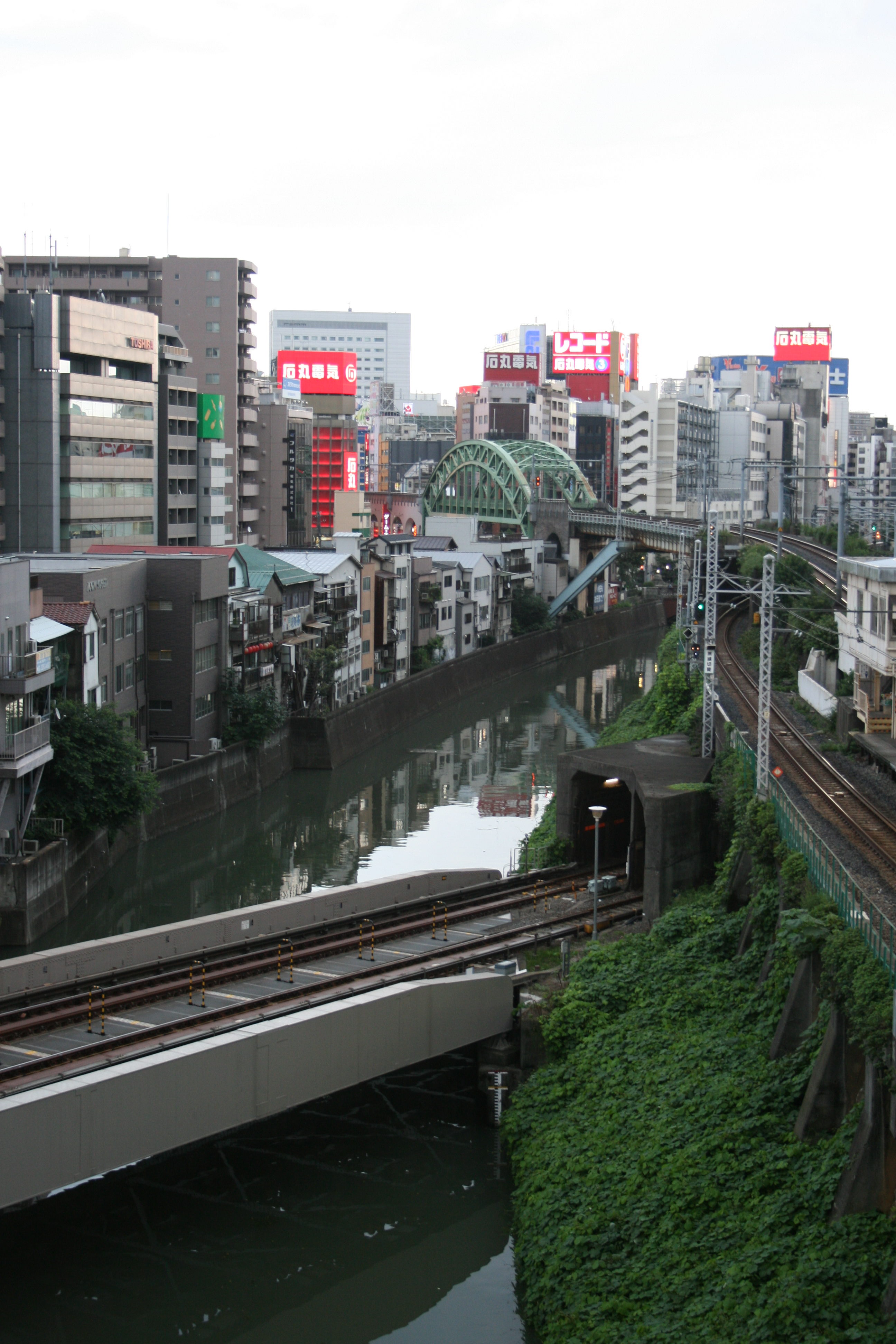
Tsukiji Fish Market
If you’re in the city in the morning, a great option is Tsukiji fish market, the world’s largest, busiest fish market. The best thing is, it’s free to visit.
If you want to do it right, you should go at 5 a.m. to catch the live tuna auctions (note: there’s limited availability). The problem is, no trains are running at 4am. So, if you’re limited on time, you may miss the auctions, but the market is still worth the trip. By 9am the market will start to close.
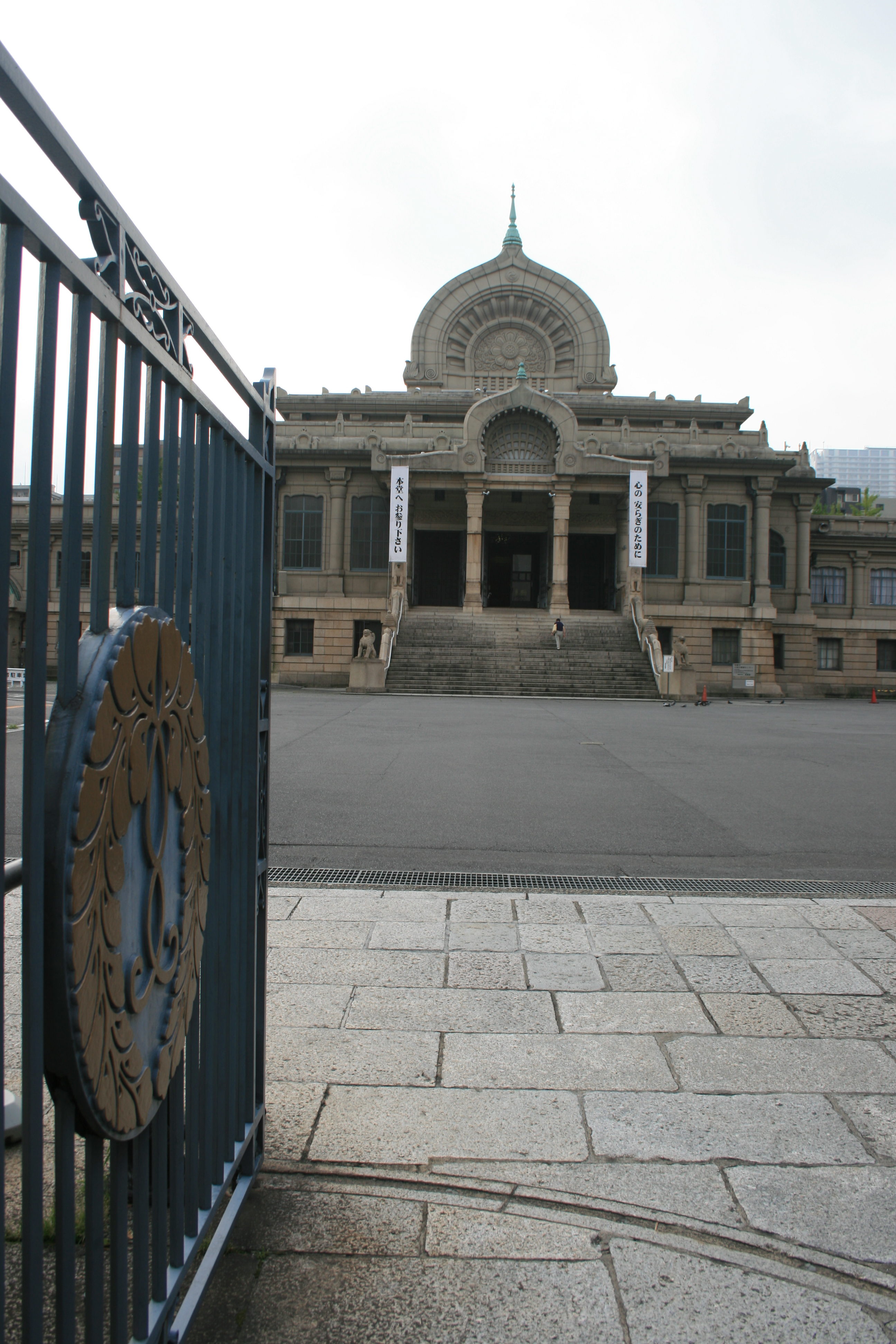
Finding the market can be a bit difficult. It’s located about 1.5km south of Tokyo Station. Just be on the lookout for the Namiyoke Inari Jinja Shrine, a Shinto shrine built in 1659 to protect workers from rough seas. The Shrine is at the entrance to the market.
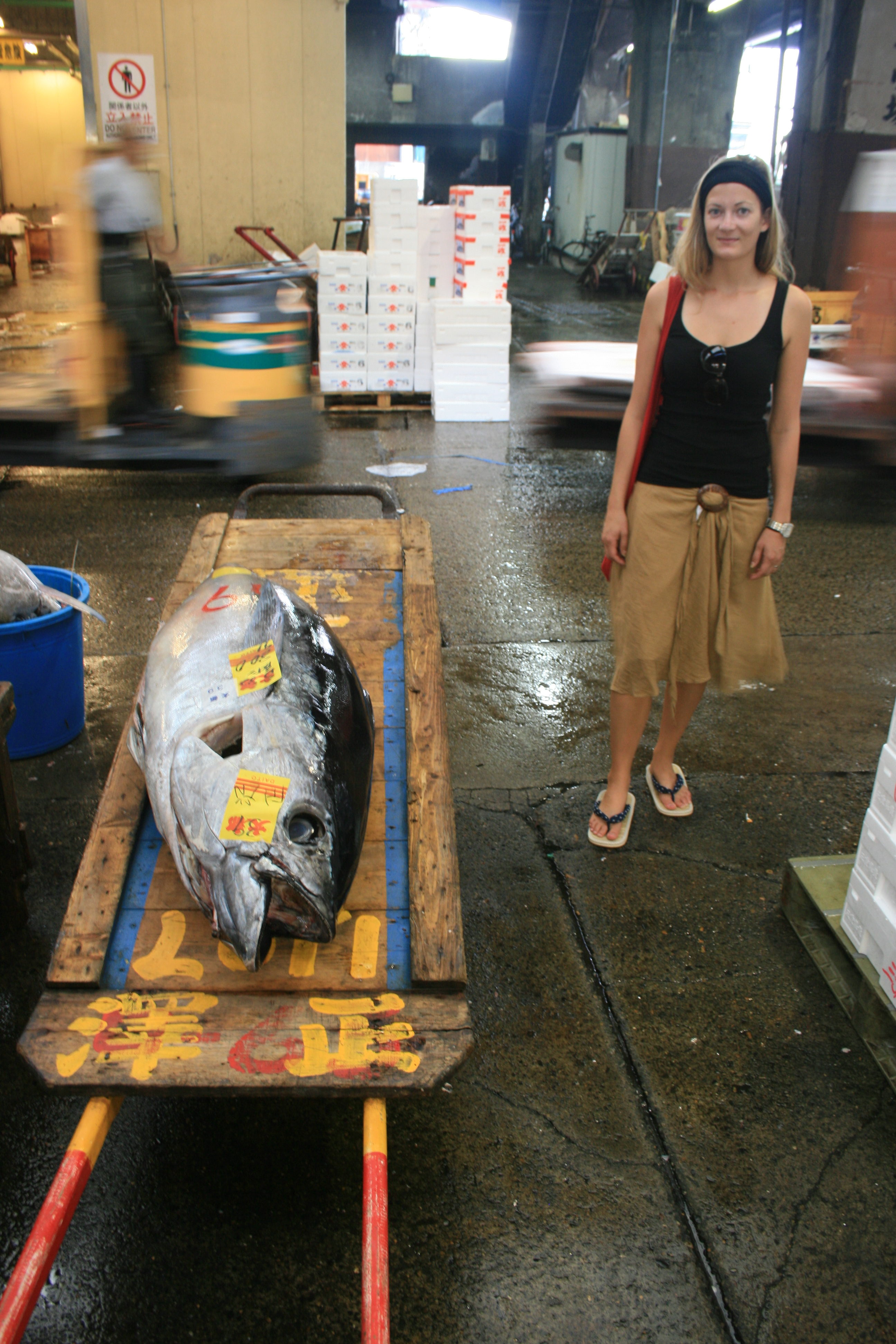
Tsukiji Market itself is not open every day. A list of holidays is actually available on the Tsukiji Market website (click on the ‘Tsukiji Market Calendar’ – the dates marked in red are a “no go”). An English guidesheet and map are also available at the market’s information booth.
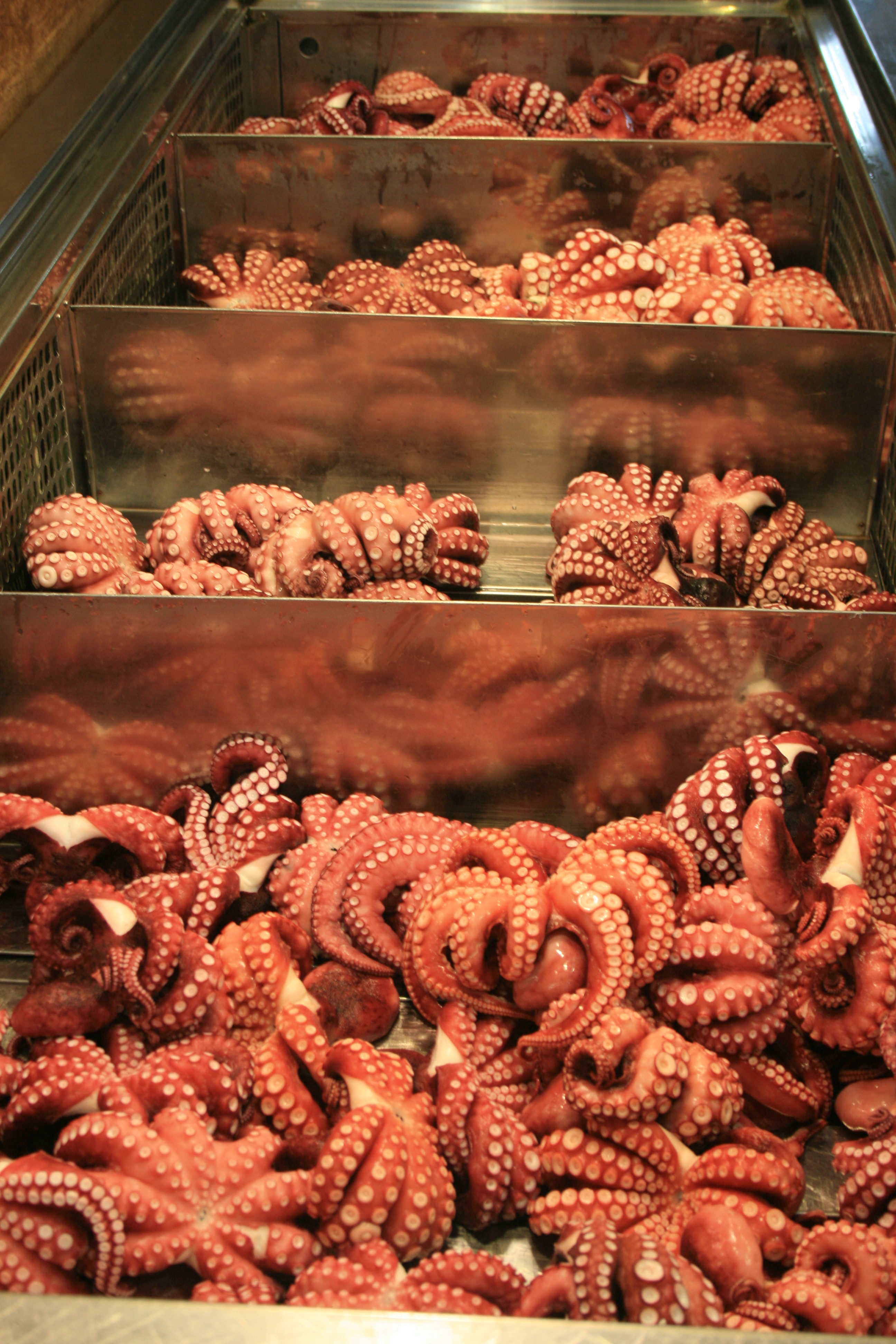
Once you’re done with the market, you’ll want to eat…um…fish, probably. So head over to the amazingly fresh Sushi Dai (Tsukiji Market Part 6 Bldg. 5-2-1 Tsukiji-shijo, Chuo-ku, Tokyo, Japan;). It will change your life.
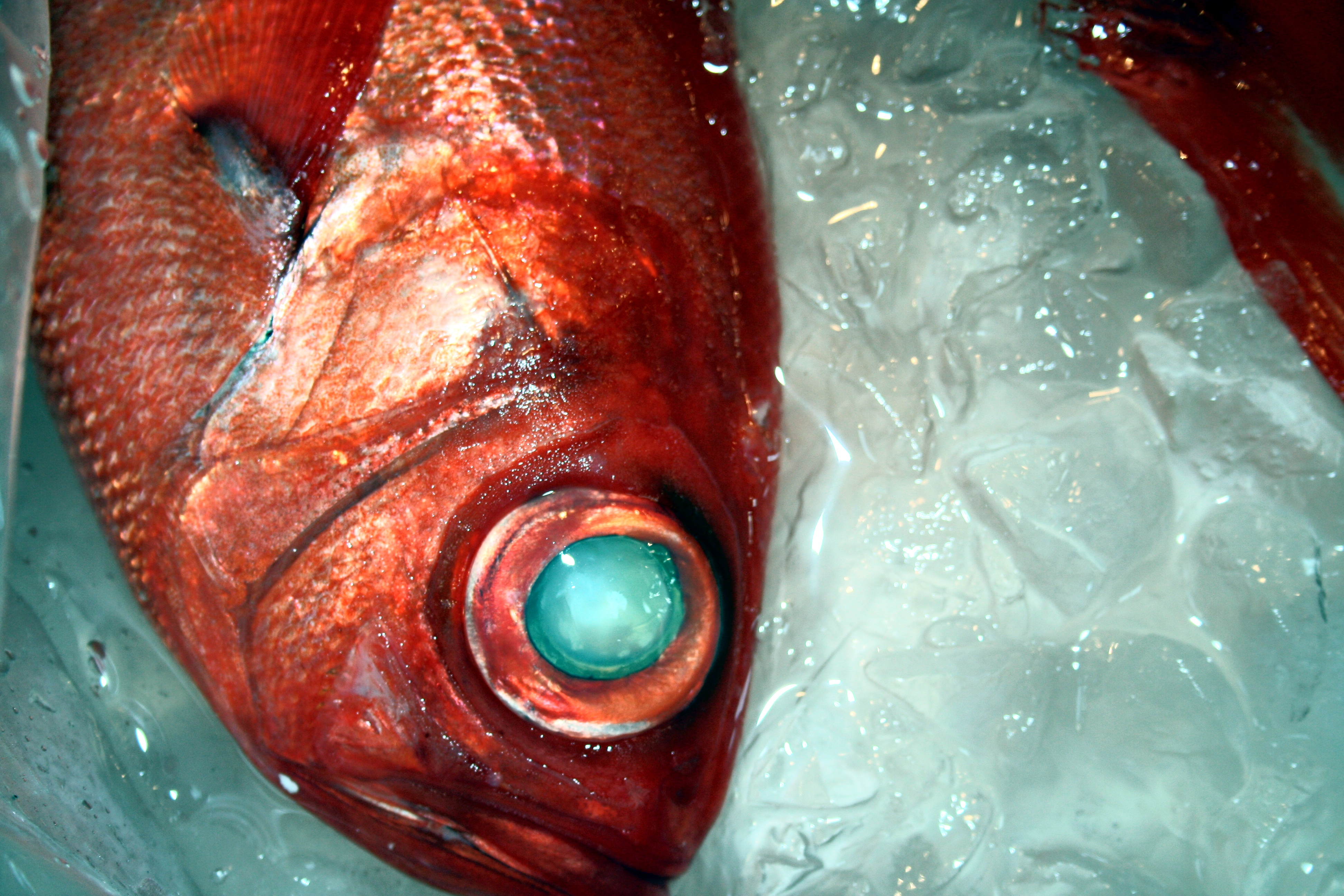
Asakusa Neighborhood and Senso-ji Temple
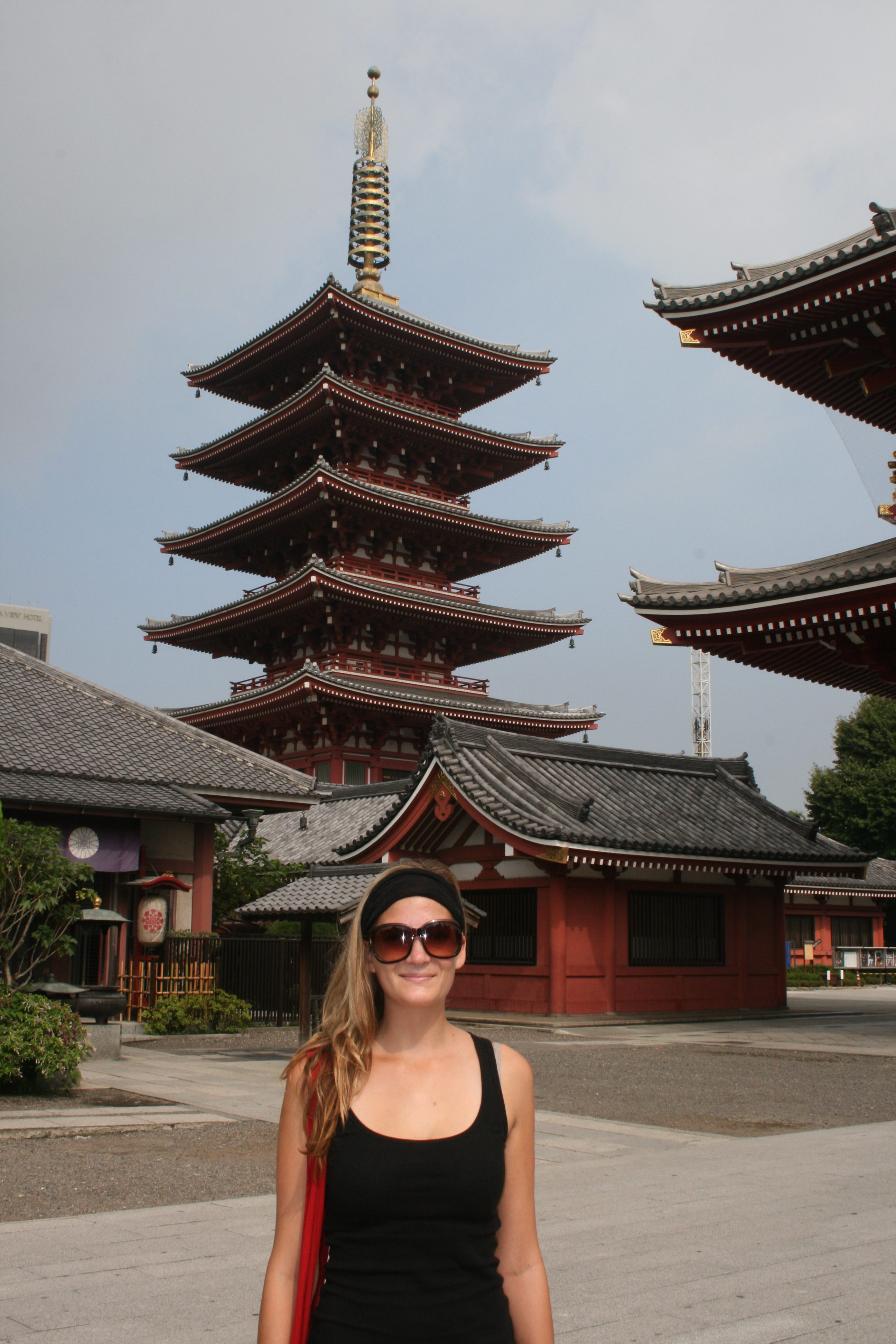
Ok, on to the amazing, touristy, must-do things. Asakusa, an entertainment district in Taito, Tokyo, is an incredible area filled with festivals, temples, and Tokyo’s oldest geisha district (with 45 actively working geisha). Asakusa is served by the Ginza Subway Line, Asakusa Subway Line, Tsukuba Express and Tobu Railways. In the district, which is easily patrolled by foot, quickly head over to Nakamise street where you can grab traditional food, snacks, and souvenirs.
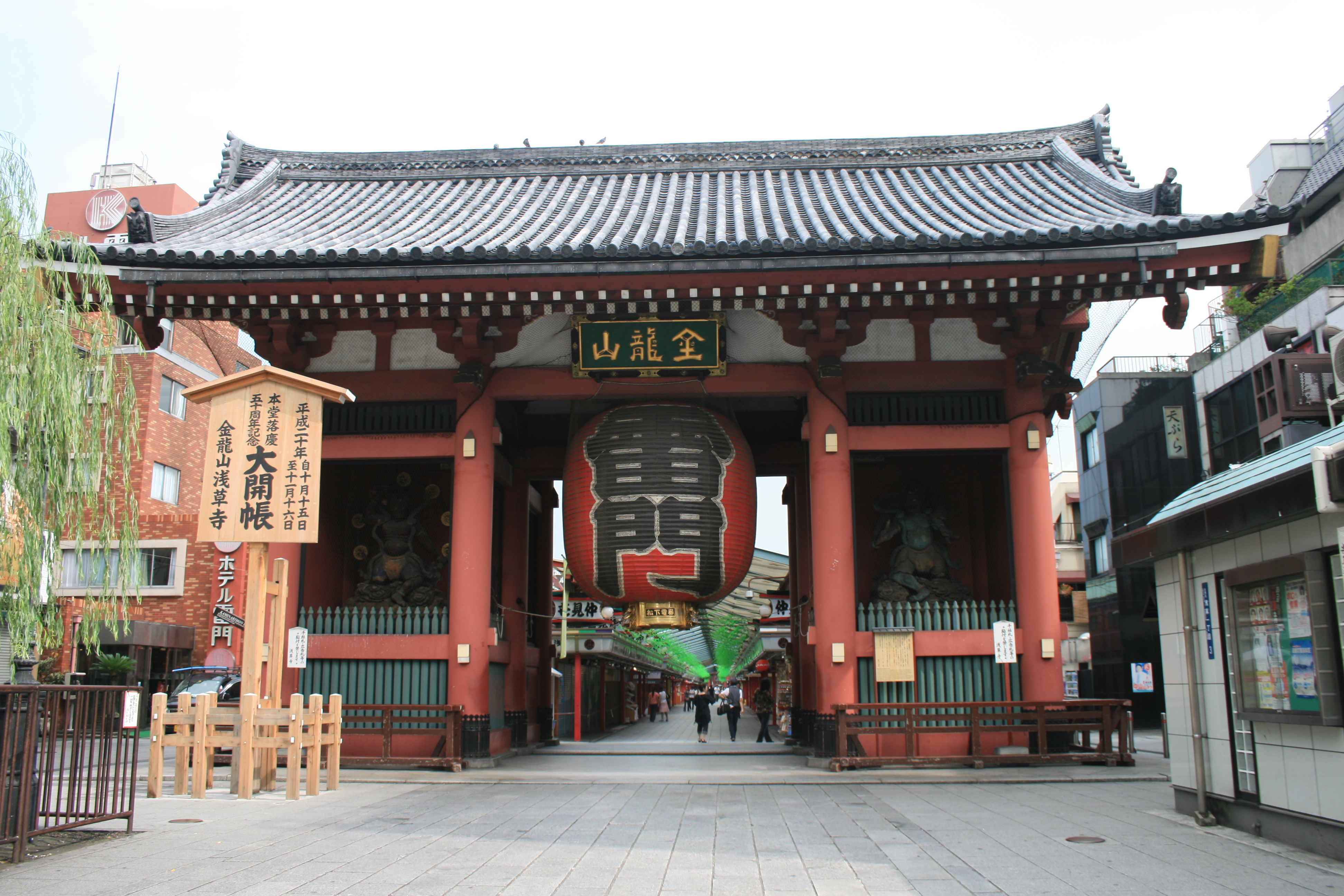
Sensory temple, completed in 645 and therefore Tokyo’s oldest temple, has a cool story behind it. According to legend, in the year 628, two brothers who were fishing in the Sumida River ended up fishing out a statue of Kannon, the goddess of mercy. They kept throwing it back into the river but it always returned to them. Thus, the temple was built for Kannon.
Harajuku
Harajuku is simply the area around Harajuku Station (between Shinjuku and Shibuya on the Yamanote line). It’s a fashion district full of teens and freaks. Basically, it’s a great place to shop and people watch.
Many of the stores lean heavily on Western fashion and culture, but for some reason find a way to make it all way cooler. You’ll definitely find a lot of amazing stores with retro US clothing. Problem is…buying an 80s t-shirt from your alma mater will run you about $100. Yikes.
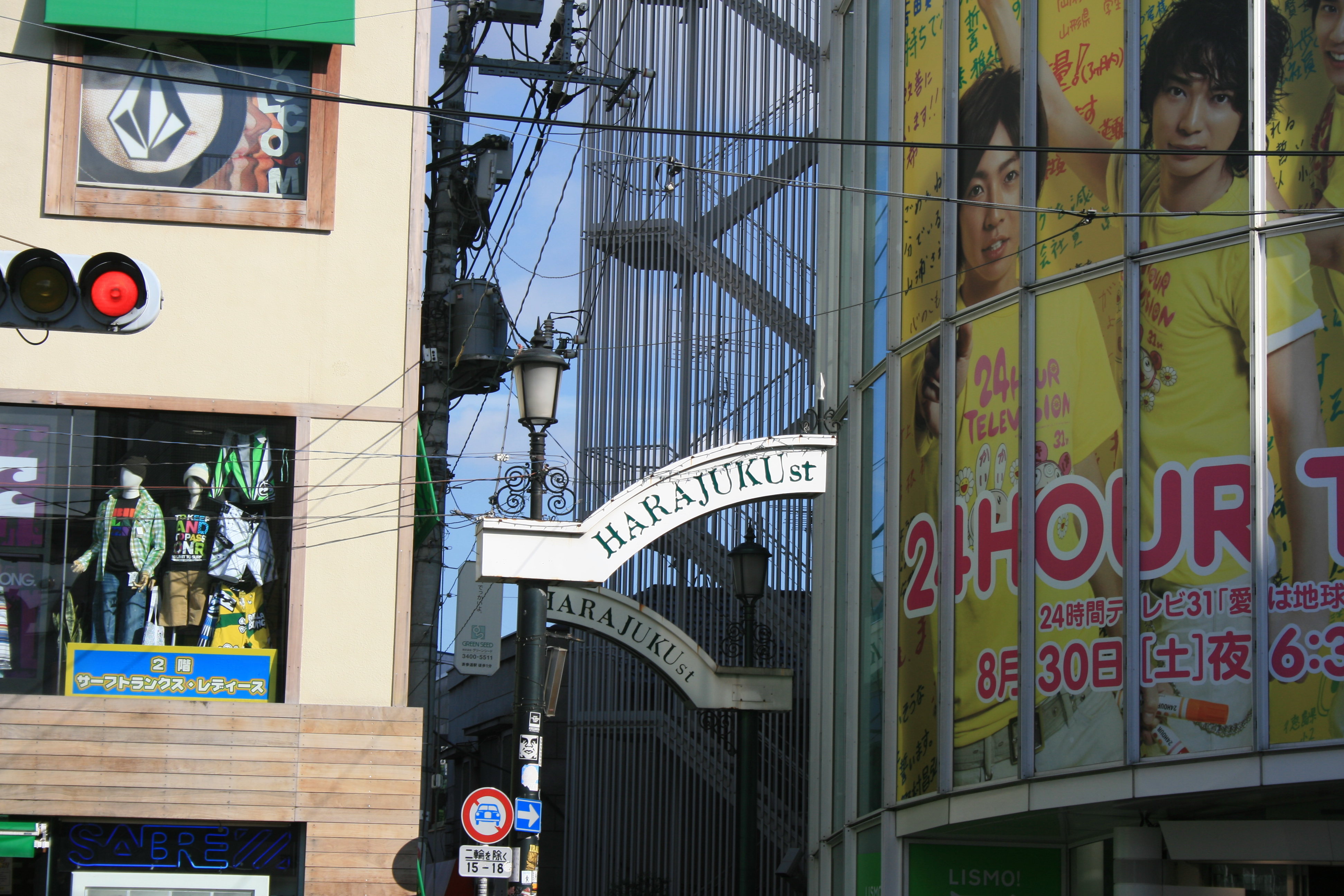
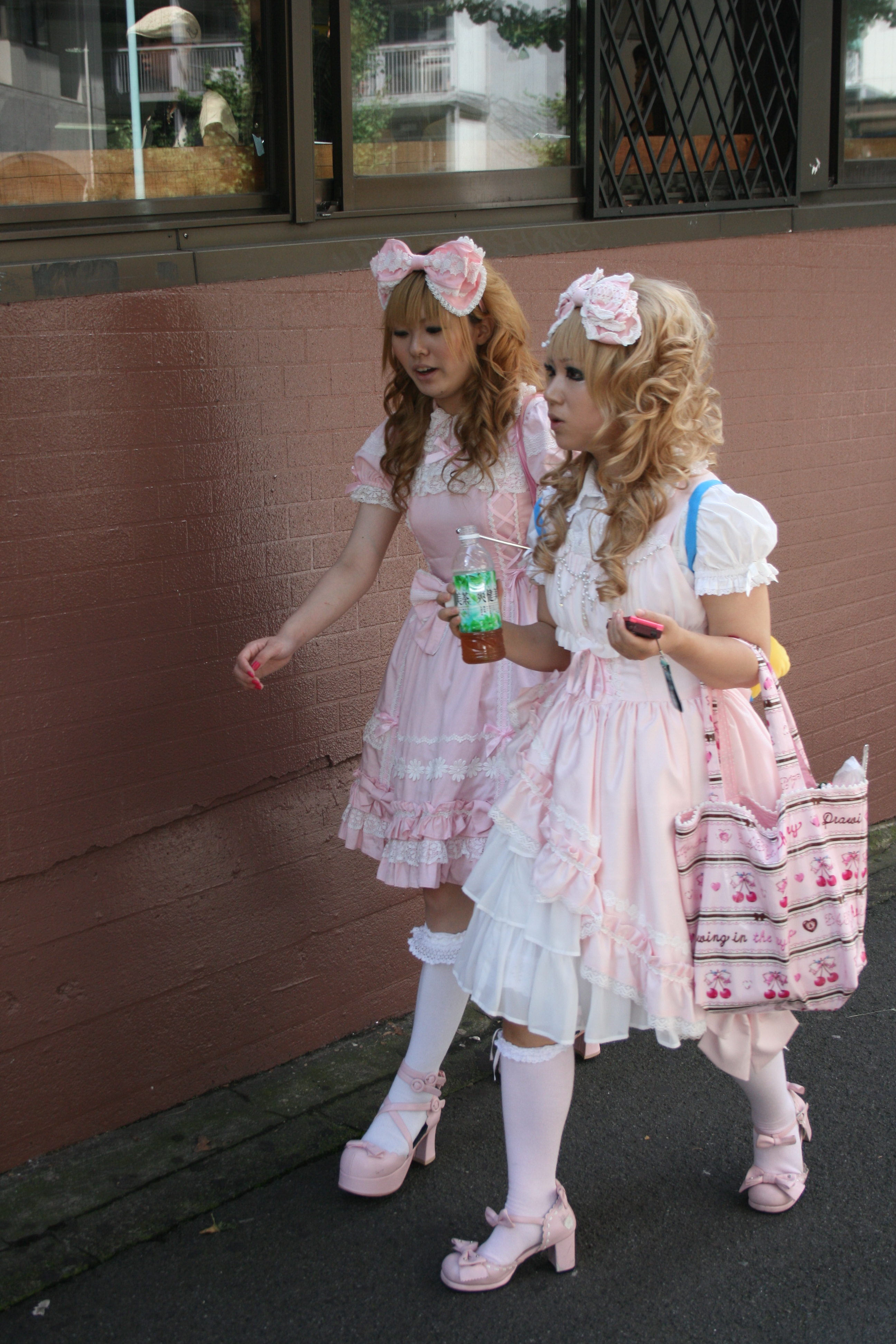
Meiji Jingu Shrine in Shibuya
Within walking distance of Harajuku – just west of the railway tracks – is Meiji Jingu shrine. The shrine, which was dedicated to the deified spirits of Emperor Meiji (the first emperor of modern Japan) and Empress Shoken, is located in the middle of a forested area. It’s great for a nice stroll away from the busy streets.
The shrine, which was rebuilt after WWII and is currently being renovated, is one of the Japan’s most popular shrines. So don’t expect to have it to yourself. However, if you’re lucky, maybe you’ll get to witness a traditional Shinto wedding.
